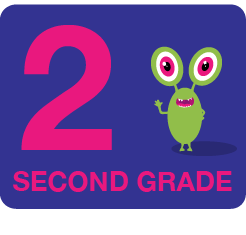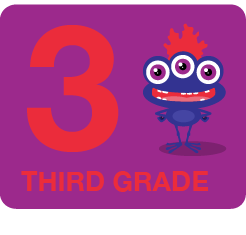Imagine you're telling a story. If you use "I" or "we," like "I went to the park," that's first person because it's like you are the main character. Using "you," like "You went to the park," that's second person because you're talking directly to someone else. But if you use "he," "she," "it," or "they," like "He went to the park," that's third person because you're talking about someone else. So, first person is about you, second person is about you telling someone else what they did, and third person is about talking about other people.
This lesson tackles the different points of view in narration, specifically first, second, and third person. The students are guided to identify these perspectives through examples and a task that requires them to mark the sentences corresponding to each narrative voice. Understanding the different perspectives in storytelling, specifically in reading fiction, is emphasized.
Teaching young kids about point of view in a story is essential because it enhances their comprehension, allowing them to understand the varying perspectives and experiences of different characters. By recognizing the nuances of first-person, second-person, and third-person narratives, children can better grasp how stories are constructed and the impact of the narrator's position on the reader's perception.
Point of View: Mastering the Art of Recognizing 1st, 2nd, and 3rd Person Narration
Additional Educational Resources:
Mastering the Use of Nouns and Verbs
Get Acquainted with Prepositions
Acrostic Writing for Earth Day - LOVE EARTH
Poetry Guide - Poet's Toolbox
Sharpening Critical Reading Skills: An Exercise in Understanding Facts and Opinions
The Link Between Art and Writing: Personal Narrative Graphic Organizer
Figurative Language: Deciphering Idioms and Creating Original Sentences
Point of View: Mastering the Art of Recognizing 1st, 2nd, and 3rd Person Narration
GRADES:


Additional Educational Resources:
Mastering the Use of Nouns and Verbs
Get Acquainted with Prepositions
Acrostic Writing for Earth Day - LOVE EARTH
Poetry Guide - Poet's Toolbox
Sharpening Critical Reading Skills: An Exercise in Understanding Facts and Opinions
The Link Between Art and Writing: Personal Narrative Graphic Organizer
Figurative Language: Deciphering Idioms and Creating Original Sentences

